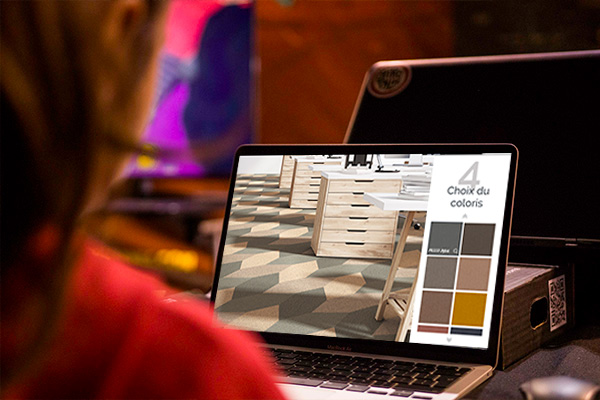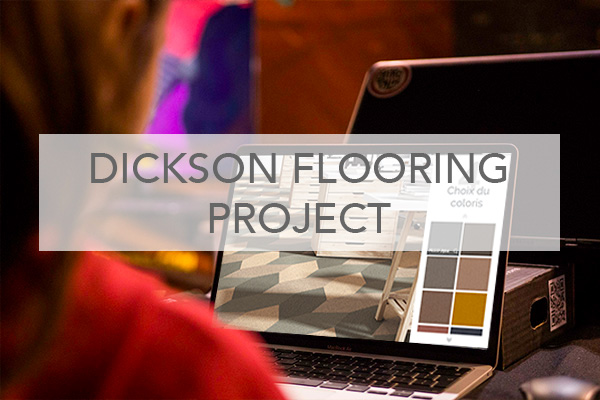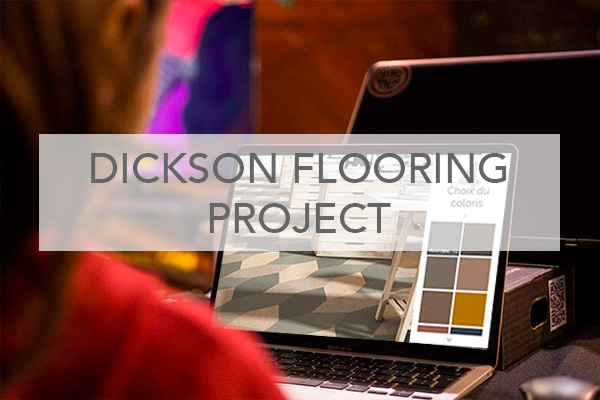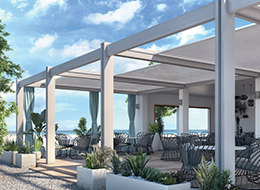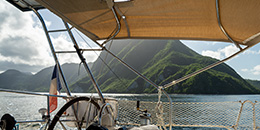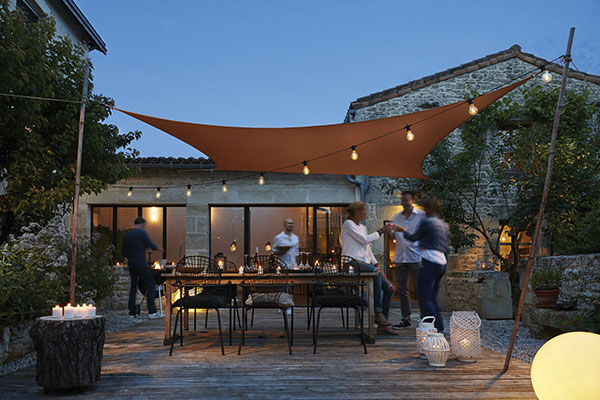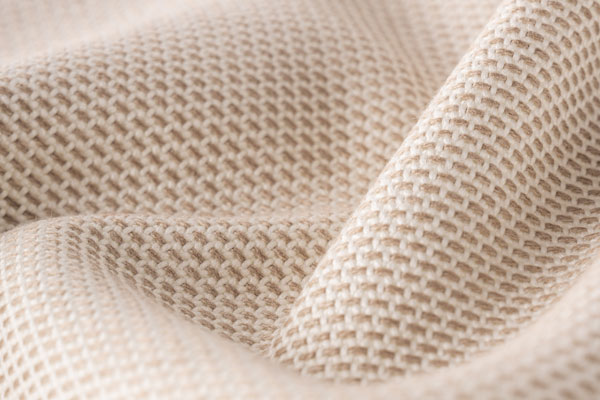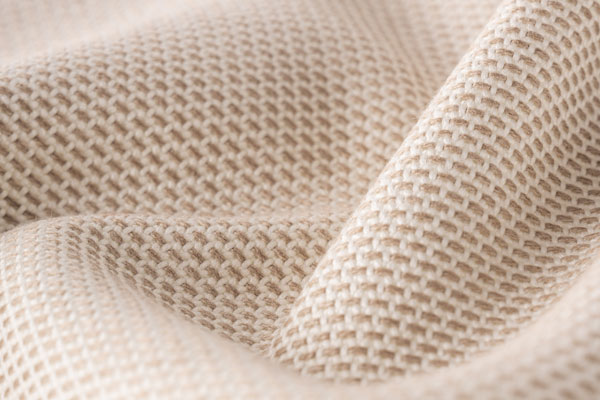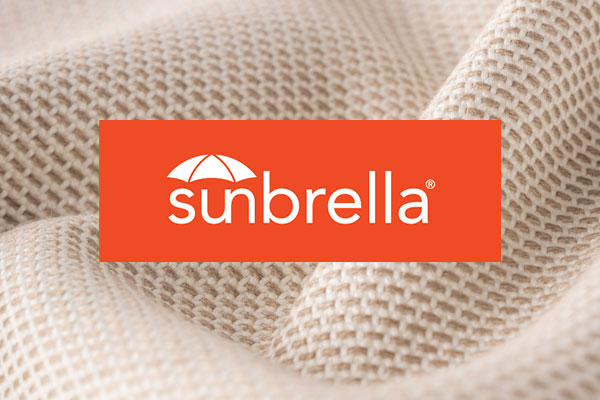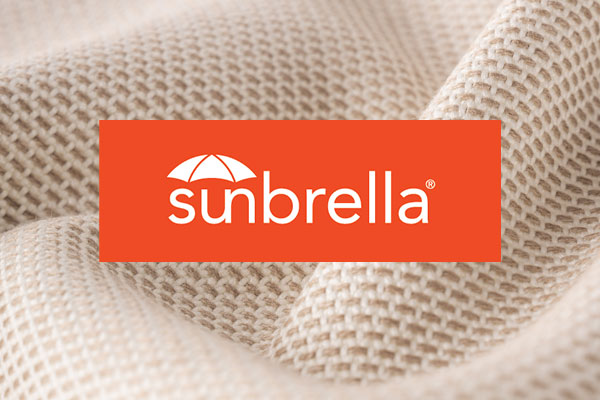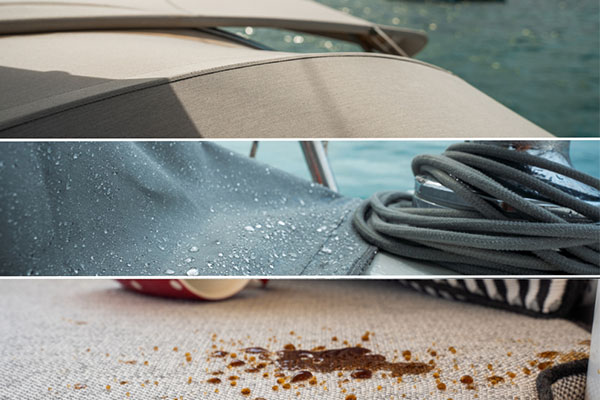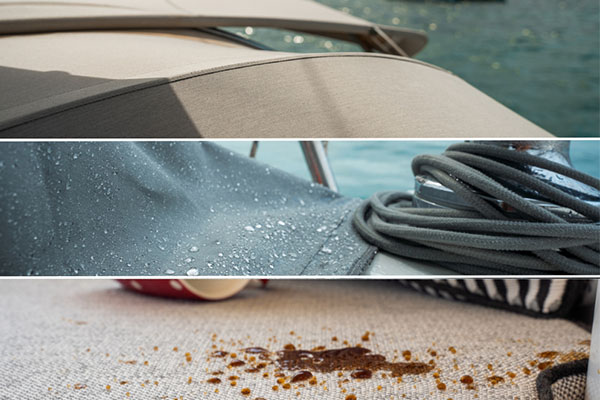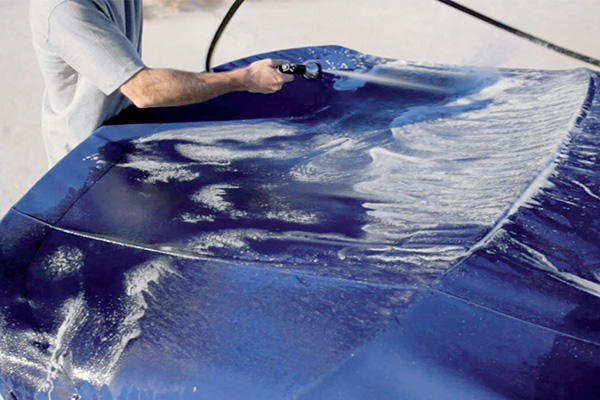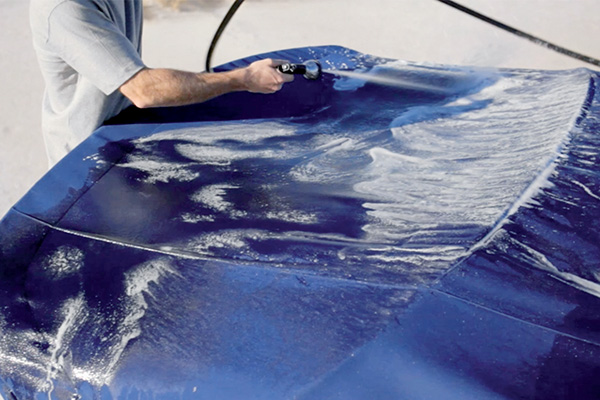Products
-
Solar protection
Our ranges of high-performance fabrics focus on thermal, visual and acoustic comfort to protect your spaces depending on your needs.
- Learn more
- Browse the products
- Awning fabrics
- Screen fabrics
- Maintenance products
- Discover our applications
-
Woven flooring
Our woven vinyl flooring are developed for the most demanding environments. These hard-wearing, comfortable, stylish options offer the look and unique texture of textile coverings.
- Learn more
- Browse the products
- Woven vinyl flooring
- Discover the new Boréal range
-
Upholstery and window fabrics
Our Sunbrella® fabrics offer unique technical performance that guarantees the quality, durability and serviceability to enhance your indoor and outdoor furniture.
- Learn more
- Browse the products
- Upholstery fabrics
- Window fabrics
- Maintenance products
-
Marine fabrics
Our Sunbrella® marine ranges offer ultra-resistant and stylish textiles which are perfectly suited to the interior and exterior layout of your boat, as well as its protection.
- Learn more
- Browse the products
- Protection fabrics
- Decorative fabrics
- Maintenance products






